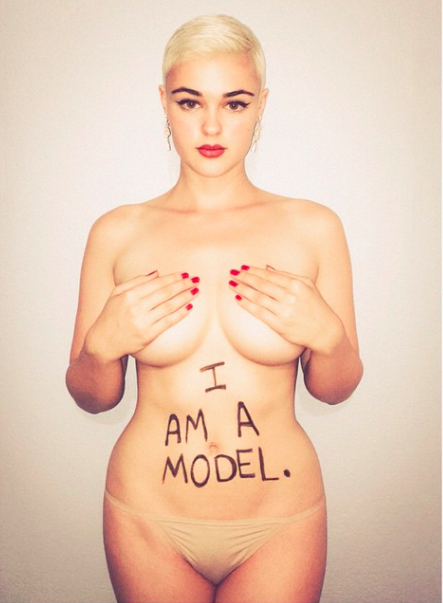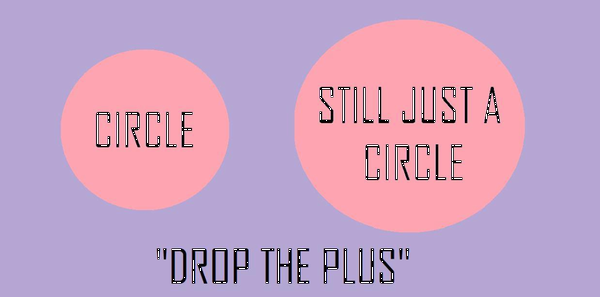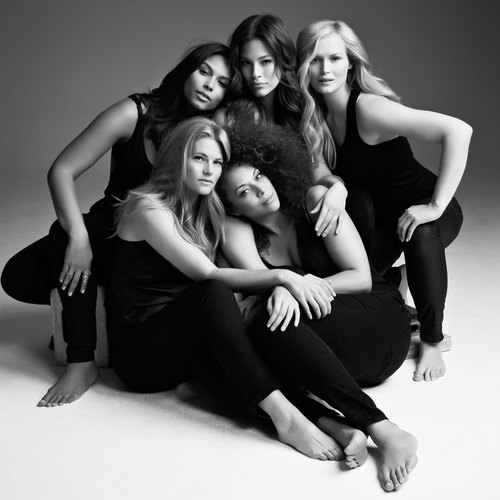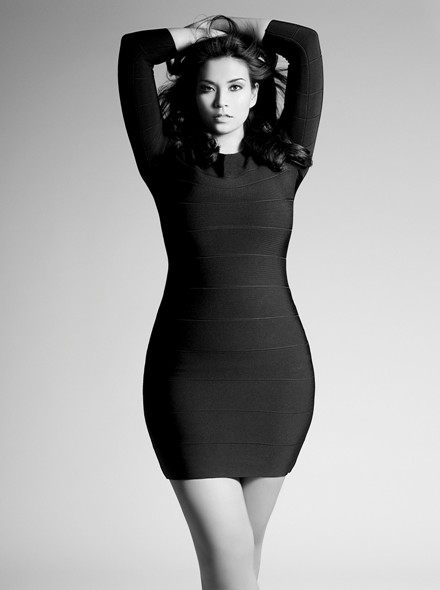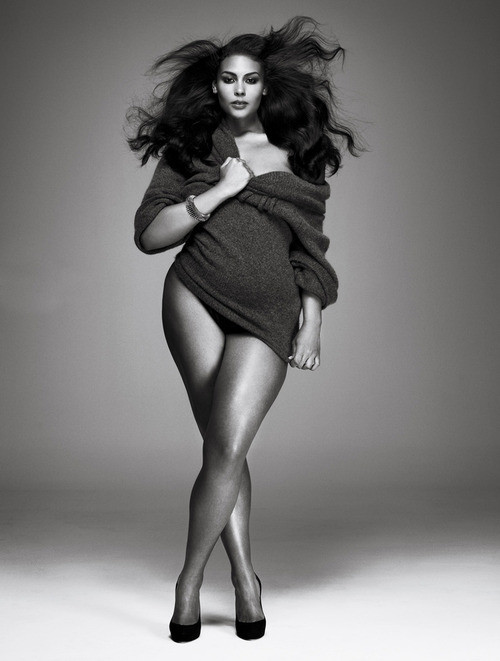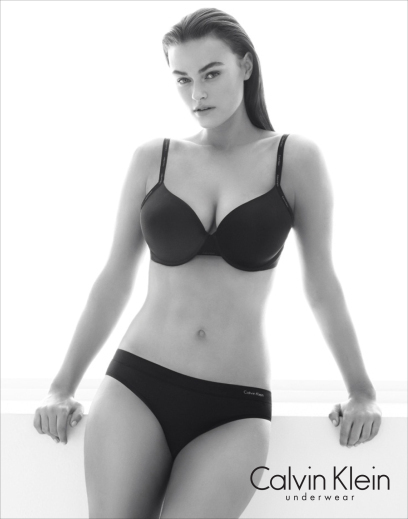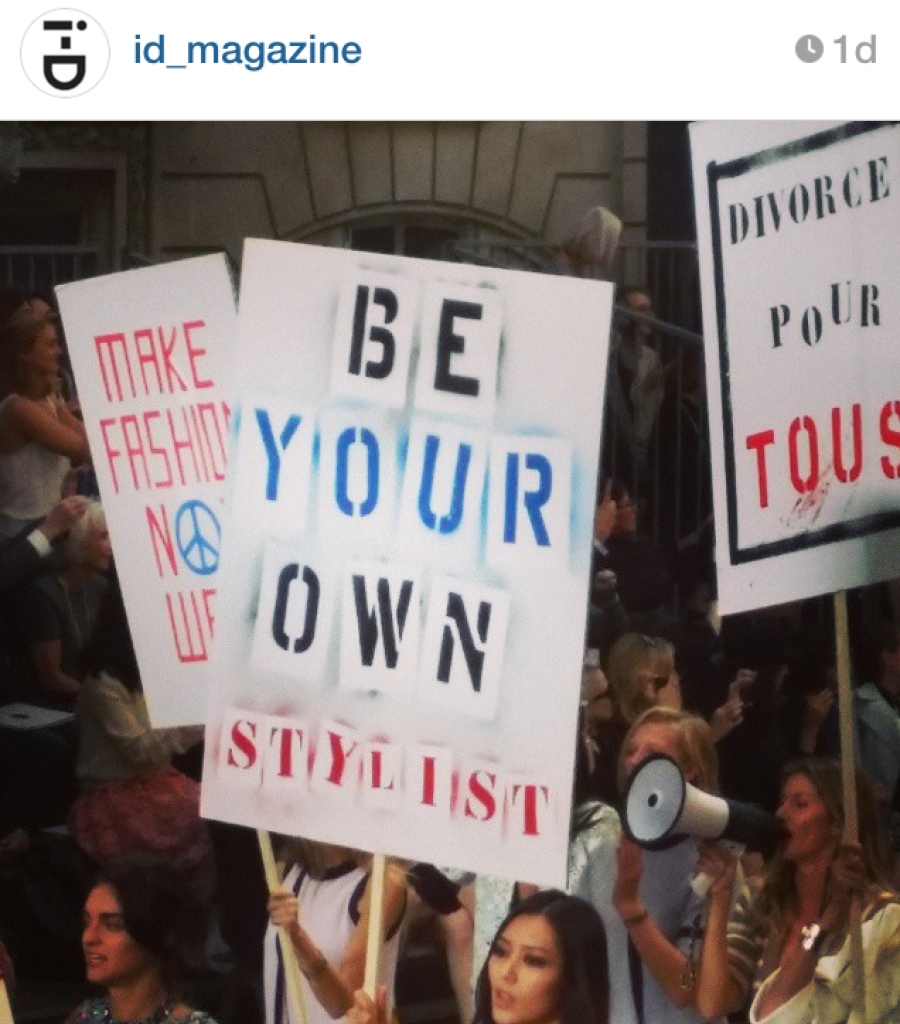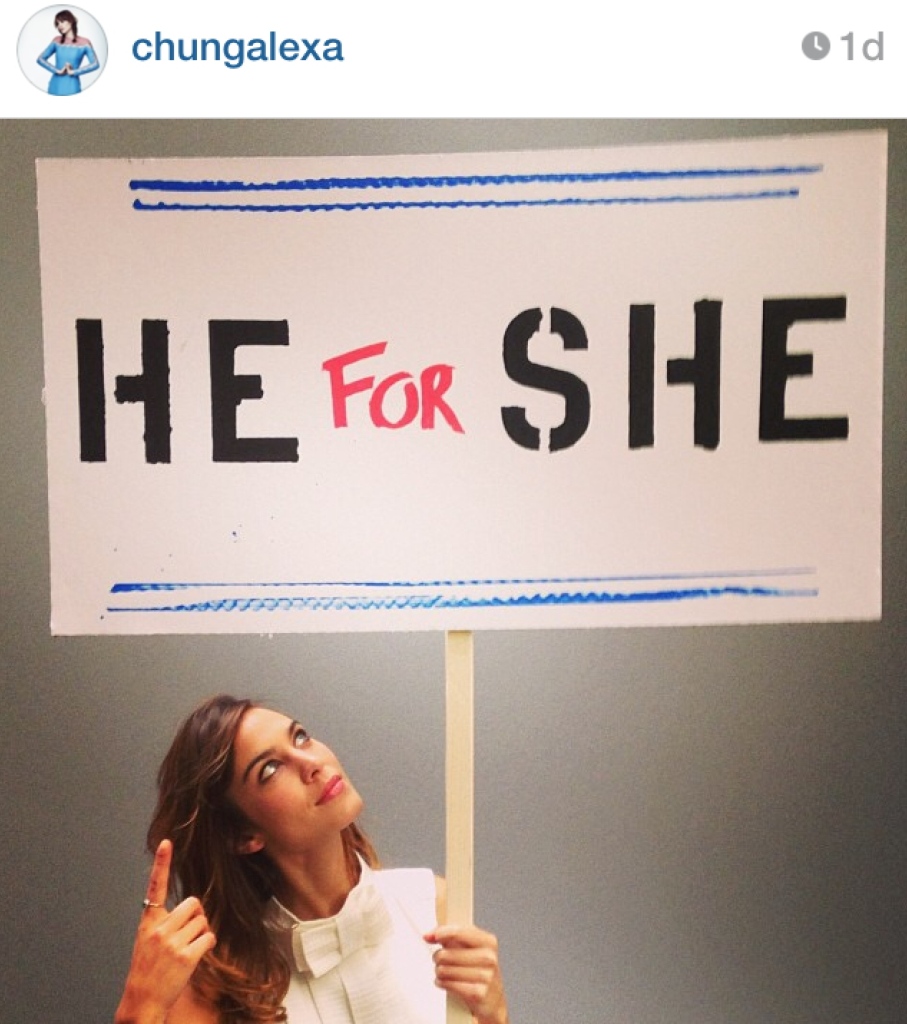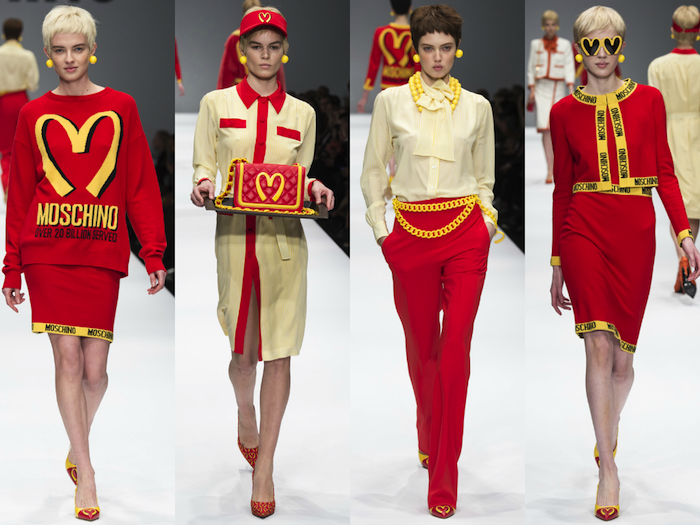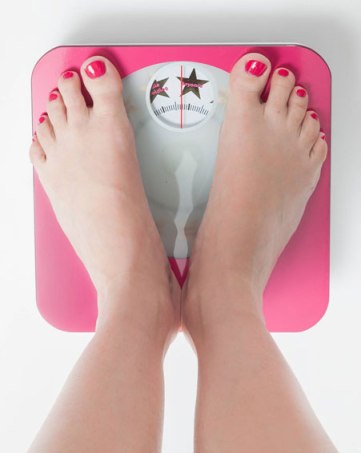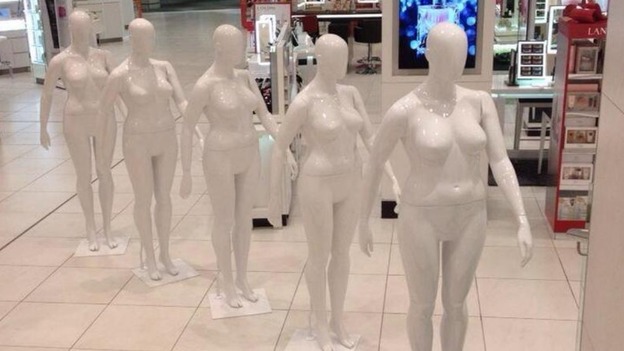Sifting through the racks in your favourite high street store, you feel that buzz of excitement at laying your hands on what appears to be the perfect garment. There’s an instant connection. It’s love at first sight. The elation, however, is short-lived – you get to the changing rooms only to discover that you can barely get the item over one limb. Yes, it is definitely your usual size, you’ve checked the label three times by this point. You wrestle with it for a bit before giving up, broken-hearted and half the woman you were when you walked in. I can assure you, you haven’t gained two stone over night, you are not fat, you are yet another shopper who has been body-shamed by the high street. It’s not you, it’s them.
As a human, who occasionally buys clothes, you’ll probably be familiar with the situation I am referring to and if you read the news or have a Facebook account, you’ll probably have heard of student, Ruth Clemens, who became a social media celebrity last week when her Facebook post to high street store H&M went viral. Ruth shared a photo of herself trying on a pair of supposedly size 16 jeans in the Manchester store, but despite only usually being a size 14, the photo clearly shows that the jeans barely make it over her hips. She posted the photo on the company’s Facebook page, alongside a strongly worded comment addressed to the store, bringing a number of issues to light, when she asks, “Am I too fat for your every day range?” and “Why are you making your jeans that are unrealistically small?”
http://www.manchestereveningnews.co.uk/news/student-slams-hm-sizes-jeans-11477647
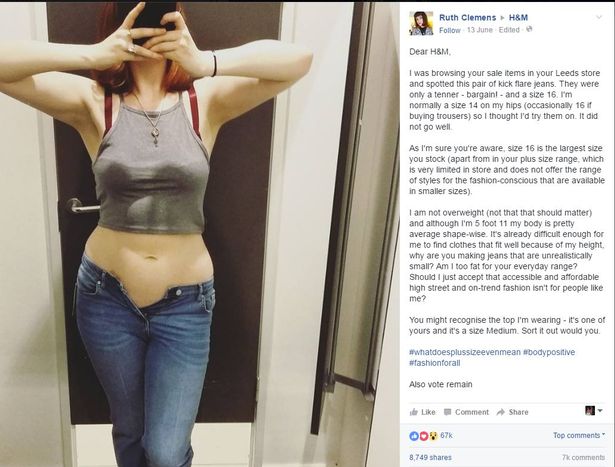
Unfortunately, this isn’t an isolated incident. It seems that being body-shamed by the high street is a regular occurrence for women everywhere, as Ruth’s post was met with messages of support from high-street shoppers across the globe.
Hollie Wilson replied saying, “I’ve had the same problem. I am a size 10 (sometimes a 12 on the bottom, usually in Topshop) and couldn’t get their size 10.”
Emma Hall wrote, “I’ve had the same trouble in H&M. I’m a size 14-16 and can never find anything that fits. Their size 16 is like a size 10!! X.”
While Louise Fairbrass hit the nail on the head, writing, “So glad it’s not just me. I don’t ever buy bottoms from H&M as they are TINY sizes!!!!! It’s quite disheartening to fail fitting into a pair of trousers 2 sizes above what you normally wear. Such a shame H&M because some of your clothes are really nice….. i guess you only want single figure sizes wearing them?!”
I can wholly relate to these frustrations, as I’m sure many can. This post went viral just as I had returned from my own shopping trip, on which I found myself on the verge of tears in the changing rooms of Topshop, when the struggle to get a tank top (in my usual size 10) over my head left me in a rather compromising position. I will also admit to owning a pair of size 10 H&M jeans, which only make it out of the wardrobe on very slim days.
While I understand that sizing can vary depending on style, fabric and cut – the very excuse that H&M offered in their half-hearted apology to Ruth – it seems that this is an ongoing issue with certain stores, making their clothes in unrealistically small sizes. As the average women’s dress size in the UK is a 14, a hell of a lot of women are being persecuted, however unintentional it may be.
What saddens me is that it seems a lot of us have readily accepted the fact that in some stores, such as H&M (although they’re not alone in this,) the sizes are renowned for being too small and simply choose not to shop there. While some may think that this loss of custom is the comeuppance the store deserves, what I can’t help thinking is, why should we accept this? We should be able to enjoy the pleasure that shopping and clothes can bring, in any store, confident that when we head into the changing rooms with that great pair of jeans the sizing will be accurate and realistic. We shouldn’t have to forgo our favourite stores because the sizes are so ridiculously small. The high street is supposed to be the go-to place for real women of real dress sizes, affordable and accessible to all – sort it out please.
